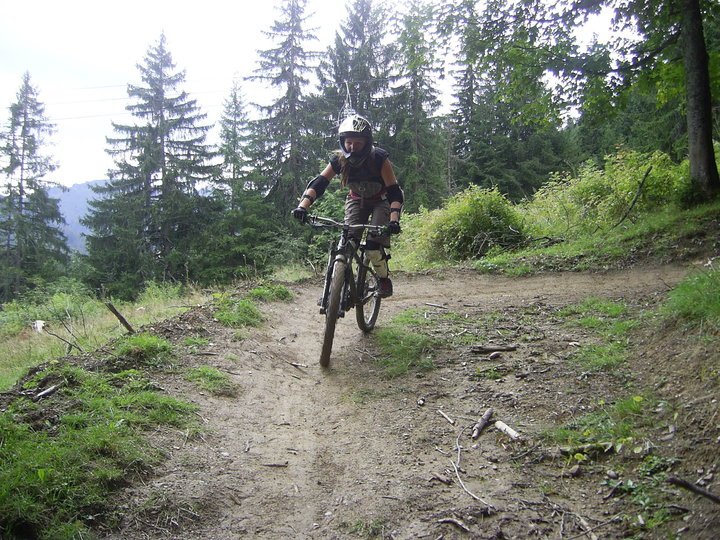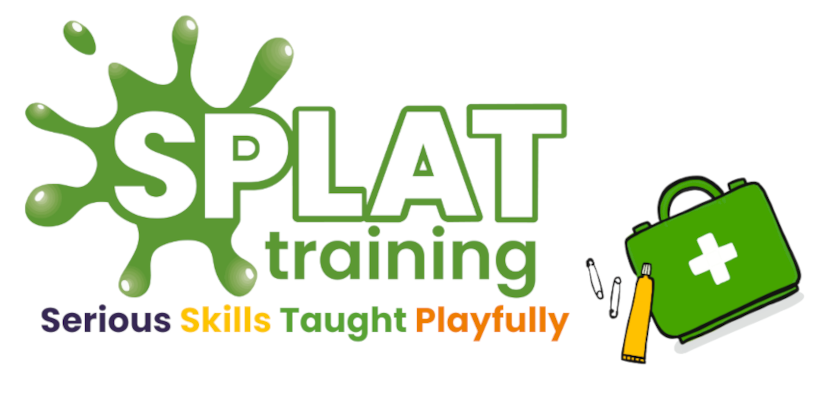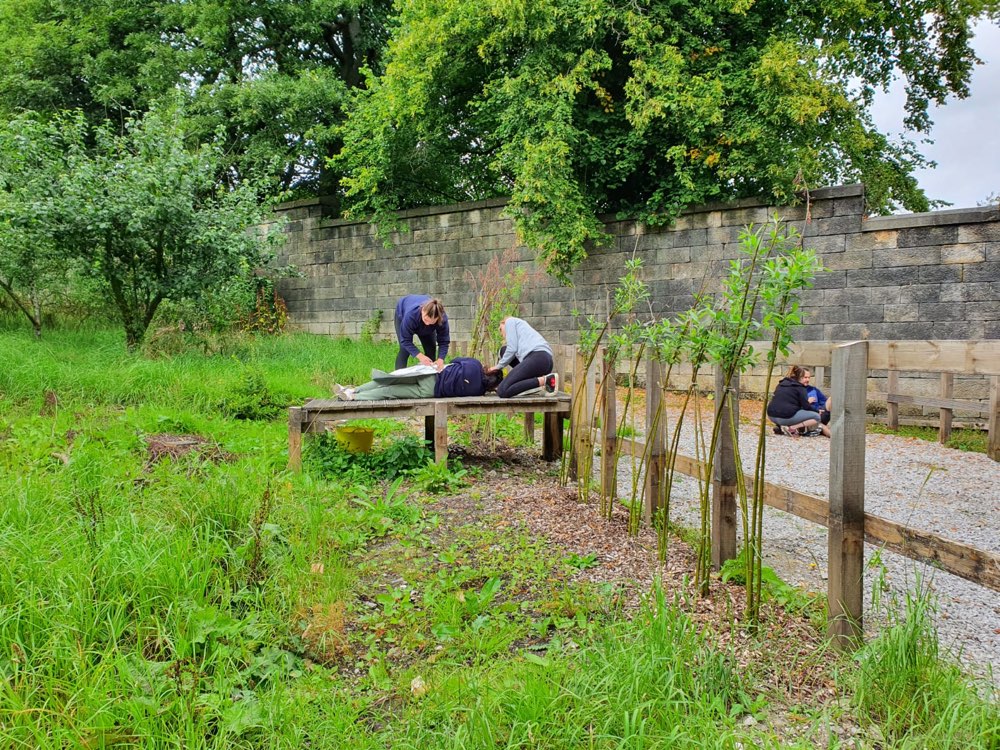Why Outdoor First Aid is a Game Changer (Especially When the Weather’s Not Playing Nice)
Picture this: you’re out in the wild, surrounded by trees, hills, and a stunning (if slightly moody) landscape. The rain begins to fall, the temperature drops, and—uh oh—someone takes a tumble. It’s not ideal, but it happens.
This is where outdoor first aid becomes essential. It’s more than knowing how to apply a plaster (though that’s handy too). It’s about being prepared for real-world challenges when you’re far from the comforts of home. Whether you’re hiking, running outdoor adventures with excitable kids, or leading a forest school session, knowing how to handle the elements—and keep everyone safe—makes all the difference.
Staying Warm When Everything Else is Freezing
It’s the dead of winter. You’re far from civilisation, the rain is pouring, and the chill is creeping in. In conditions like these, hypothermia can become a serious problem—and fast. But don’t panic! Staying warm is far more manageable when you know the basics.
The secret? Layers. Not just any layers—moisture-wicking, heat-retaining, quick-drying layers that stop cold in its tracks. If someone’s starting to feel the chill, your priority is to prevent heat loss. Get them out of wet clothes and into dry ones if possible. Huddle them together with others (body heat is nature’s heater), and shield them from wind and rain. A foil blanket or, even better, a blizzard blanket can be a true lifesaver. These aren’t just shiny accessories—they’re designed to keep heat in and the cold out.
Having an outdoor first aid kit makes all the difference. Instead of panicking, you’ll have the tools and knowledge to act quickly and keep everyone safe. A little preparation goes a long way when someone’s chilled to the bone.
Far from Help? Here’s How to Stay in Control


When you’re outdoors, help can feel like it’s a lifetime away. You can’t just pop down to your nearest A&E. That’s why knowing how to get help to you is crucial in these situations.
If you need to call Mountain Rescue, being able to provide accurate details about your location could mean the difference between a swift rescue and a long, frustrating wait. Pinpointing your exact position saves precious time. One of the most important skills you can have is learning how to communicate your location effectively. Providing a six-figure grid reference or using tools like What3Words could quite literally save a life.
If you’ve got mobile signal, don’t panic-dial 999. Stay calm, and be ready to clearly explain:
- Where you are.
- What’s happened.
- What you need.
The clearer you are, the faster help can find you. This is especially important if you’re deep in a forest or halfway up a mountain, where precise location details are critical.
Kids + Outdoors = Big Adventures (and the Occasional Tumble)
When you’re working with kids in the outdoors—whether it’s a school trip, forest school, or a fun family hike—the potential for excitement (and accidents) is always there. Kids love exploring, which also makes them experts at tripping over tree roots, falling down, and finding themselves in situations that require a calm head and a well-stocked first aid kit.
That’s why outdoor first aid training is absolutely essential when you’ve got a group of young adventurers to look after. Children are more likely to wander off, get cold, or end up with minor injuries simply because they’re too busy having fun to watch where they’re going. A trained first aider can:
- Spot problems before they escalate.
- Treat grazes, manage sprains, or handle asthma attacks in remote locations.
- Stay calm and take the right steps in emergencies.
It’s all about keeping everyone safe and preventing things from spiralling. And if a serious situation does arise, outdoor first aid gives you the skills to manage it until professional help arrives. You’ll also be better equipped to guide rescuers to your location. That’s a win-win for everyone involved.
In Summary (Because Life’s Too Short for Long Speeches)
Outdoor first aid goes far beyond bandages and plasters—it’s about staying calm, staying safe, and knowing how to care for yourself and others when nature isn’t playing nice. Whether you’re braving the cold, tackling the rain, or leading an off-road adventure with a group of kids, the right knowledge ensures you’re prepared for whatever the wild throws your way.
So, before your next outdoor adventure—whether for work or play—pause to think about your first aid kit (or the lack of one) and consider investing in some outdoor first aid training. You never know when it’ll prove invaluable. Plus, let’s face it—having the skills to handle tricky situations makes you look as cool as a cucumber when things take an unexpected turn.
Stay safe, stay warm, and keep exploring!

